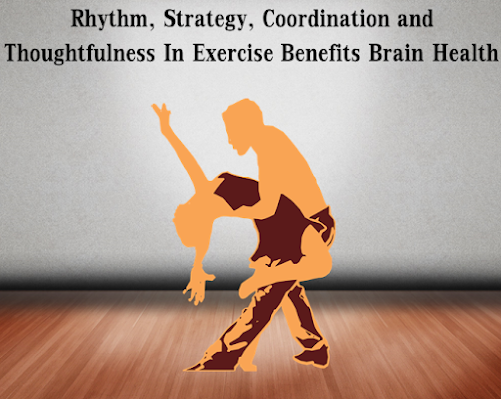Far too many lives are negatively impacted, or taken too soon by a wide variety of dangerous and relentless cancers. Scientists are hard at work trying to discover the cure to this deadly disease, and all its different varieties but in the meantime, is there anything we can do differently in our diets to prevent cancer?
Diet is well known to play a key role in so many aspects of both good and bad health. Nutrients from food are used by the body for countless internal process, energy, healthy immunity, and brain health. Nutrients are also essential for avoiding disease, including heart disease, the common cold, and even cancer.
Research has shown that eating a healthy, balanced diet with fruits and vegetables can help in all aspects of maintaining good health. There are even some specific foods that are considered cancer-fighting powerhouses. Perhaps they are already part of your diet, but if they are not, now is a great time to start incorporating the following cancer preventing, and delicious foods.
Garlic
Science suggests that the sulfur that is released from this fragrant food can have cancer fighting powers. It can prevent cancer from forming in your body and accelerates the repair of DNA. Real garlic cloves are a better option than a supplement, and it’s best to peel the cloves and crush or mince them. Then let them sit for 20 minutes before you cook them so the enzymes have time to activate and release the sulfur. Raw garlic can be enjoyed in salads, sprinkled over cooked meats, fish and poultry or steamed vegetables.
Broccoli
Cruciferous vegetables such as broccoli, kale, and cabbage are all packed with enzyme producing phytochemicals that become active as you chew. Eaten cooked or raw, these veggies help protect against stomach and intestinal cancers.
Tomatoes
Have you ever wondered what gives tomatoes that lovely red color? It’s a phytochemical called lycopene, and its concentration is higher in tomatoes than any other foods. Tomatoes are most prepped to protect from cancer when they are cooked or processed, because your body can more easily break them down and absorb the vital nutrients.
A wonderful dish with tomatoes is grilled tomatoes parmesan. Cut a whole tomato in half, sprinkle parmesan cheese on top and bake at 375F on a cookie sheet with a little olive oil for about 5 to 6 minutes or until the cheese is golden brown.
Cooked Carrots
Carrots are loaded with antioxidants, and beta carotene which has been linked to slowed cancer growth. This naturally sweet and well-loved veggie is most beneficial cooked as light steaming releases essential antioxidants, so you’ll help keep all the nutrients intact if you steam them whole, and then cut them before enjoying. Add fresh raw garlic over the steamed carrots to double the cancer fighting benefits!
Strawberries
Berries are small, but mighty when it comes to health benefits, and antioxidant-rich strawberries are one of the best in the bunch for cancer prevention. Additionally, they contain Ellagic acids, which have shown the ability to slow tumor growth and protect against mouth and esophagus cancers. Moreover, they are a great food to eat for naturally healthy and white teeth.
Berries make great snacks, powerful breakfast foods over a whole grain cereal or Greek yogurt and they are awesome low-calorie desserts.
Spinach
Spinach is a great source of nutrients, fiber, and carotenoids. Carotenoids are important in cancer prevention because they flush out the free radicals in our bodies before they have a chance to settle in and do any damage. You’ll get more benefits from eating this green, leafy super hero raw or just slightly cooked and wilted.
You can eat spinach raw in salads or enjoy it sautéed for just a couple of minutes in olive oil with a dash of fresh garlic and a little salt.
Whole Grains
Eating whole grains contributes to well balanced and tasty diet. They also contain antioxidants called lignans that can be helpful in prohibiting cancer cells from multiplying. When you’re selecting breads, cereals, and side dishes such as rice or pasta, always go with the whole grain varieties for a healthy dose of fiber and antioxidants to help ward off cancer.
Limit Meat, And Choose Hormone Free
Meat is a great source of protein, but can often be tinged with growth hormones that were given to the animals to make then larger, faster. These hormones have been linked to cancers, so choosing hormone free options will help protect you. Meat should also be enjoyed in moderation, and not overcooked to the point of charring.
Bottom Line
Healthy, fresh, whole natural foods not only contribute to good health, but can also heal and restore balance in our bodies. Conversely, eating junk and processed food can actually do the opposite by depriving the body of the nutrition it needs to function at its best, and to maintain optimal immunity in order to fight disease.
Incorporating these powerful foods into your diet will help protect against cancer, and give you delicious and long-lasting health.












